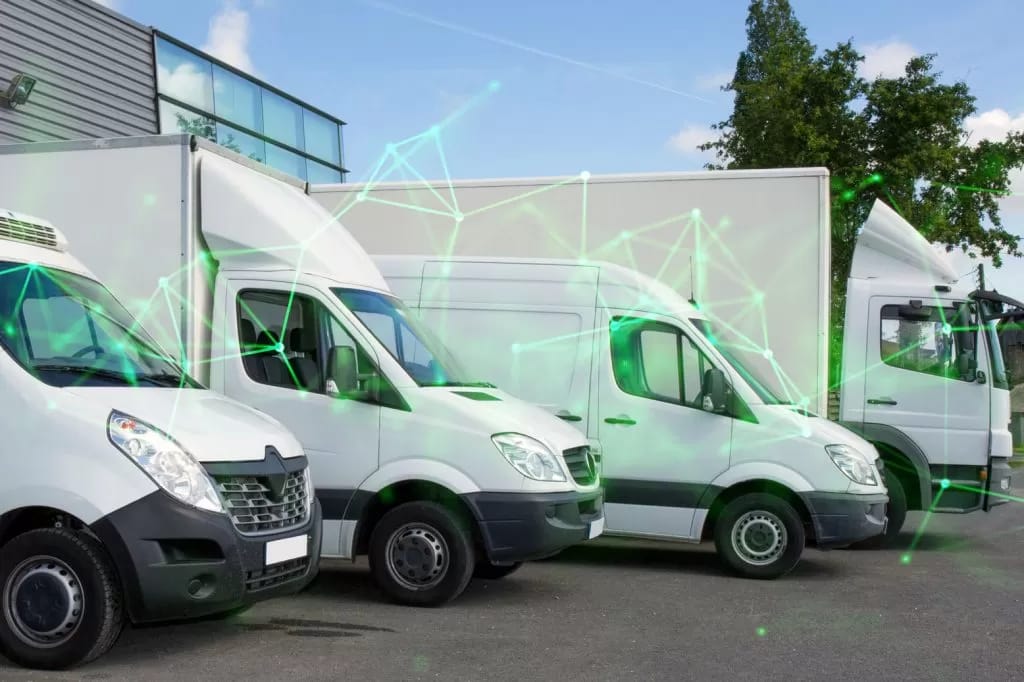A Comprehensive Guide of HGVs for the Trucking Industry
Heavy Goods Vehicles (HGVs) are essential to the logistics and transport sector, playing a crucial role in the supply chain by moving large quantities of goods efficiently across long distances. These vehicles, typically weighing over 3.5 tonnes, are designed to transport a wide range of products, from raw materials to finished goods. What qualifies as an HGV includes trucks, lorries, and trailers equipped to handle heavy loads. These vehicles are vital to modern commerce as they ensure the smooth operation of industries by facilitating timely delivery, supporting production schedules, and enabling businesses to meet consumer demands. Without HGVs, the global economy would struggle with inefficiencies and delays.
Defining HGV and Its Classifications
HGV meaning– HGV stands for Heavy Goods Vehicle, a term used primarily in the UK and Europe to describe large trucks designed to carry heavy loads. These vehicles fall into various categories based on their weight and intended use. Typically, an HGV is defined as any commercial vehicle over 3.5 tonnes in gross vehicle weight (GVW). This classification encompasses a range of trucks, from smaller box trucks to massive articulated lorries, each serving different logistical purposes.
The Role of HGVs in the Transport Industry
HGVs are the backbone of the haulage industry, responsible for transporting goods across countries and continents. They facilitate the movement of raw materials to factories, deliver finished products to retailers, and support e-commerce by ensuring that online purchases reach consumers promptly. The efficiency and reliability of HGVs underpin the global supply chain, making them indispensable for economic stability and growth.
Licensing and Regulatory Requirements
Driving an HGV requires specific qualifications due to the complexity and responsibility involved. In the UK, obtaining an HGV licence involves several steps. Prospective drivers must first acquire a provisional licence and complete a Driver Certificate of Professional Competence (CPC) qualification. This includes both theory and practical tests, designed to assess the driver’s capability to operate these large vehicles safely. Additionally, drivers must undergo regular medical examinations to maintain their licences, ensuring they are fit to handle the demanding nature of HGV driving.
Benefits and Challenges of Operating HGVs
Operating HGVs presents both opportunities and obstacles. On the positive side, these vehicles offer high payload capacities, making them cost-effective for transporting large volumes of goods. They also provide flexibility in routes and schedules, allowing businesses to adapt to changing demands quickly. However, challenges exist, such as fuel costs, maintenance, and environmental impact. HGV operators must also contend with stringent regulations and the need for skilled drivers, which can be challenging to source in a competitive job market.
Future Trends in the HGV Sector
The HGV industry is on the cusp of significant transformation due to technological advancements. Electric HGVs are gaining traction as both manufacturers and logistics companies seek to reduce carbon emissions. These vehicles promise lower running costs and contribute to sustainability goals. Autonomous HGVs are another emerging trend, with potential to revolutionise haulage by reducing driver fatigue and enhancing safety. While these technologies are still under development, they represent the future direction of the industry.
Conclusion
HGVs, or Heavy Goods Vehicles, are integral to the logistics and transport industry, forming the backbone of the supply chain by supporting the seamless flow of goods that are vital for economic health. These vehicles range from large trucks to articulated lorries and are used to transport a vast array of products across both short and long distances. Understanding the definition, classifications, and regulatory requirements of HGVs is essential for anyone involved in the trucking industry, from drivers to logistics managers. Despite the challenges faced by the sector, such as stringent regulations and the need for skilled drivers, the benefits of utilizing HGVs are clear. They offer unmatched efficiency in bulk transportation, reduce costs, and are pivotal in meeting consumer demand. With new technologies on the horizon, including electric HGVs and advanced telematics, the future of this sector looks promising.





